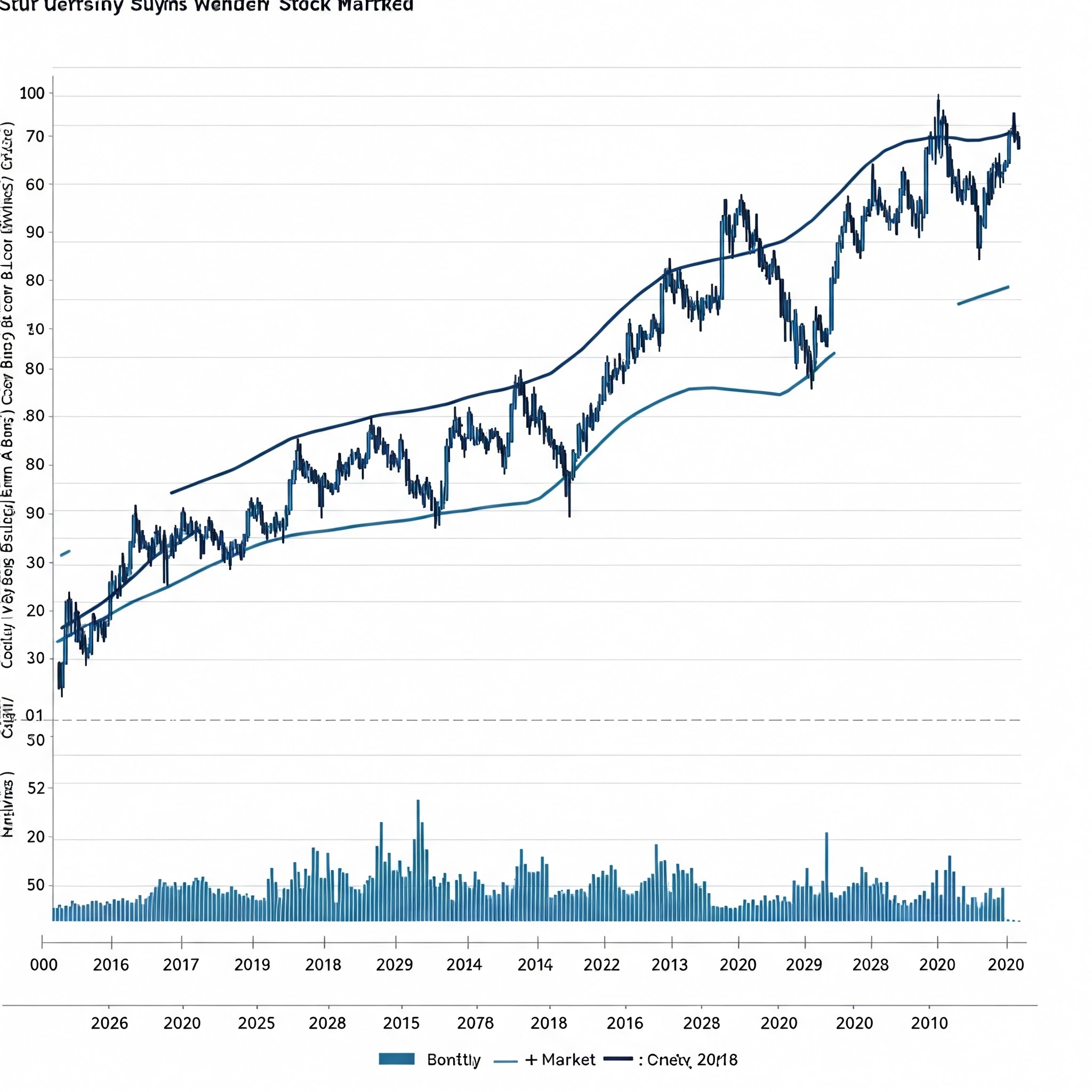Introduction
The global financial markets are currently experiencing significant volatility, driven by a confluence of economic, political, and geopolitical factors. This blog post explores the root causes of the recent market turbulence, its impact on major indices and sectors, and what investors can expect going forward.
Understanding Market Volatility
Market volatility refers to the rate at which the price of securities increases or decreases for a given set of returns. Higher volatility typically indicates greater uncertainty and risk, often causing sharp price swings. The CBOE Volatility Index (VIX), also known as the “fear gauge,” measures market expectations of near-term volatility conveyed by S&P 500 index option prices.
Recent VIX Trends (2019 – 2025)
| Year | Average Closing Price | Year Open | Year High | Year Low | Year Close | Annual % Change |
|---|---|---|---|---|---|---|
| 2025 | 17.25 | 17.93 | 23.51 | 14.77 | 21.93 | 26.40% |
| 2024 | 15.55 | 13.20 | 38.57 | 11.86 | 17.35 | 39.36% |
| 2023 | 16.85 | 22.90 | 26.52 | 12.07 | 12.45 | -42.55% |
| 2022 | 25.64 | 16.60 | 36.45 | 16.60 | 21.67 | 25.84% |
| 2021 | 19.66 | 26.97 | 37.21 | 15.01 | 17.22 | -24.31% |
Source: MacroTrends
Key Factors Driving Market Volatility
1. Economic and Trade Policies
- Unpredictable trade policies and tariffs, especially between the U.S. and China.
- Rising protectionism impacting global supply chains and corporate earnings.
2. Recession Risks and Economic Slowdown
- The U.S. GDP is forecasted to contract by 2.8% in Q1 2025, as per Federal Reserve’s GDPNow model.
- Unemployment in the U.S. rose to 4.1% in February 2025—a potential early sign of recession.
3. Geopolitical Tensions
- Ongoing Russia-Ukraine conflict.
- Heightened U.S.-China disputes over technology and trade.
- Instability in the Middle East impacting oil prices.
Source: Reuters, MarketWatch
Impact on Major Stock Indices (2025 YTD)
| Index | YTD Performance (%) |
|---|---|
| S&P 500 | -5.6% |
| Nasdaq Composite | -10% |
| Dow Jones Industrial Average | -2.6% |
Source: MarketWatch
Sectoral Analysis: Winners and Losers
| Sector | Performance Driver | Impact Summary |
|---|---|---|
| Energy | Rising oil & gas prices | Companies like ExxonMobil up 25% in early 2024. |
| Financials | Higher interest rates | Increased net interest margins but recession fears loom. |
| Technology | Sensitive to rate hikes | Heavy sell-offs due to reduced growth expectations. |
| Consumer Discretionary | Economic slowdown fears | Lower spending expected, leading to stock declines. |
Source: NewsWebsite
Investor Sentiment and Behavioral Trends
- VIX spiked above 30 multiple times in 2024, showing fear-driven trading.
- Increased demand for hedging instruments (options, futures).
- Limited participation in traditional “buy the dip” strategies, indicating low confidence in a near-term rebound.
What Experts Are Saying
According to market strategists:
“We’ve seen an orderly rise in VIX, but if historical patterns repeat, volatility could spike further, potentially triggering ‘panic at the disco’ scenarios.” — Analyst, Bloomberg Markets
“Technical support levels like the 200-day moving average on the S&P 500 are being tested, but institutional investors are hesitant to step in as buyers.” — Senior Market Analyst, CNBC
Future Outlook & Recommendations
- Expect continued volatility until clarity on interest rates, trade policies, and geopolitical developments.
- Diversification and defensive sectors (utilities, healthcare) may offer protection.
- Hedging strategies like options should be considered by sophisticated investors.
Sources
- MacroTrends: VIX Historical Chart
- Reuters: U.S. Recession Risk
- MarketWatch: Trump Market Impact
- NewsWebsite: Market Analysis
Disclaimer: This article is for informational purposes only and should not be considered financial advice. Always conduct your own research or consult a financial advisor before making investment decisions.













